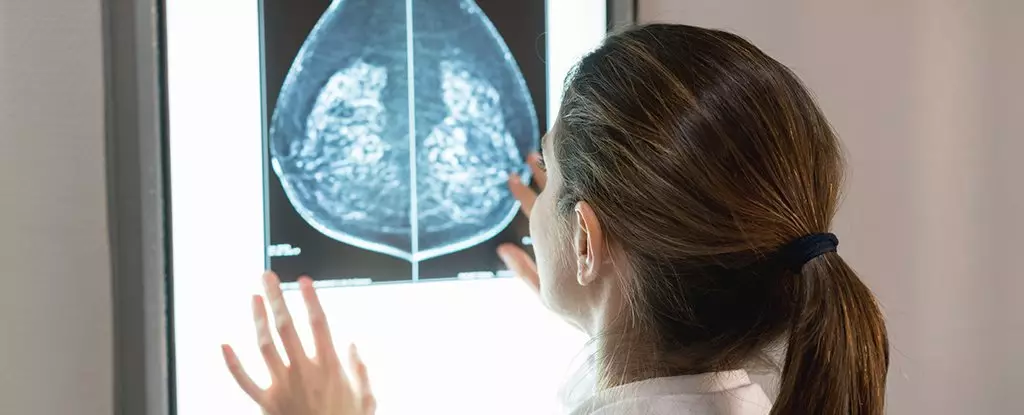Recent epidemiological studies reveal alarming trends in breast cancer rates across the United States, particularly among younger women and Asian American populations. According to a comprehensive biennial report from the American Cancer Society released on Tuesday, the incidence of breast cancer has increased by an average of one percent per year from 2012 to 2021. This rise is notable, especially when juxtaposed with the overall decline in breast cancer mortality rates, which have decreased by 44 percent from 1989 to 2022. Despite significant advancements in early detection and treatment options, the shifting demographics of breast cancer patients highlight a compelling narrative of inequality and the persistent challenge of ensuring equitable healthcare access.
Demographic Innovations and Challenges
Breast cancer has solidified its position as the second most prevalent cancer among women in the United States, trailing only lung cancer as a leading cause of cancer-related mortality. Current statistics estimate that one in every eight women will face a breast cancer diagnosis in their lifetime, while approximately two percent will succumb to the disease. Intriguingly, the report underscores an alarming trend: women under the age of 50 are experiencing a more rapid increase specifically in breast cancer cases—1.4 percent annually, compared to 0.7 percent for those aged 50 and above. This unexpected surge among younger women raises questions about environmental, lifestyle, and genetic factors that may contribute to this trend.
Moreover, the report highlights a significant increase in incidence among Asian American women, along with a notable rise in cases among Hispanic women. These trends potentially correlate with the influx of new immigrants whose cultural and socio-economic backgrounds may predispose them to higher breast cancer risks. The implications of these findings necessitate focused public health strategies and resources tailored to these specific populations, emphasizing the multifaceted nature of cancer diagnosis and treatment.
While breast cancer mortality has decreased significantly for the general population, the report illuminates stark disparities in outcomes, particularly among minority groups. Tragically, Native American communities have not witnessed the same decline in mortality rates since 1990. Furthermore, Black women face a sobering 38 percent higher mortality rate from breast cancer compared to their white counterparts, despite having a 5 percent lower incidence of the disease. These disparities stem from deeply embedded structural racism and variations in social determinants of health that critically affect access to quality healthcare services.
The findings suggest a critical need to address the systemic barriers that hinder equitable access to breast cancer screening and treatment. Although Black women may be more likely to receive mammograms relative to white women, the study highlights that they often do so in lower-resourced facilities lacking proper accreditation. This points to a significant gap in the quality of care received, which could have profound implications for survival rates.
To mitigate these disparities, the report’s authors propose several strategic recommendations. Foremost among these is the necessity to increase racial and ethnic diversity within clinical trials, ensuring that the medical community can gain a more comprehensive understanding of how different demographics respond to treatment. Furthermore, fostering partnerships within communities may enhance access to screening programs specifically tailored for underserved women, particularly in minority populations.
In light of evolving guidelines, notably those set forth by the US Preventive Services Task Force recommending biennial screening starting at age 40, health practitioners must ensure that underserved demographics have equitable access to these crucial services. As breast cancer remains a pressing public health concern, addressing these disparities through targeted interventions and systemic reforms will be crucial to advancing outcomes for all women, regardless of race or socio-economic status.
The trends outlined in the American Cancer Society report call for a renewed commitment to understanding and addressing the complex factors contributing to breast cancer incidence and mortality. By recognizing the landscape of disparities and the unique challenges faced by specific demographics, public health officials and healthcare providers can work collectively to create a future where all women have equal opportunities for early detection, treatment, and, ultimately, survival from breast cancer.


Leave a Reply